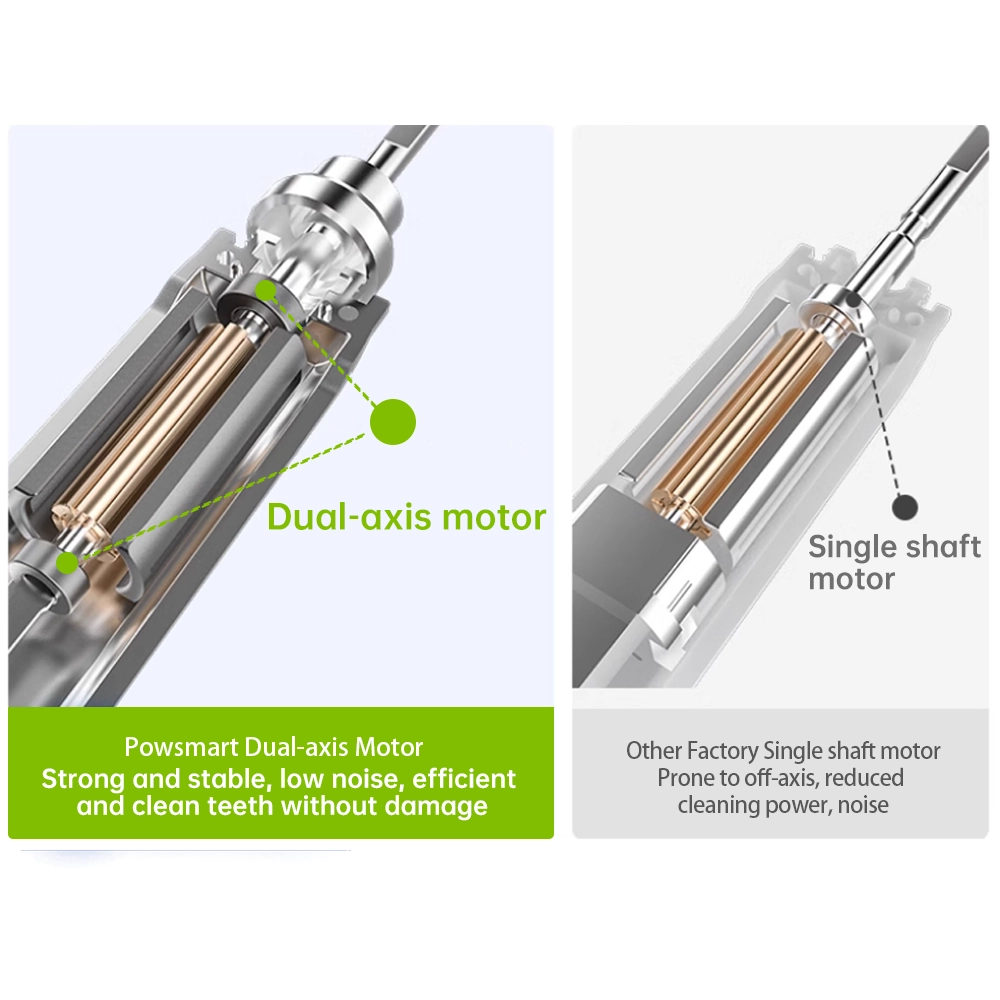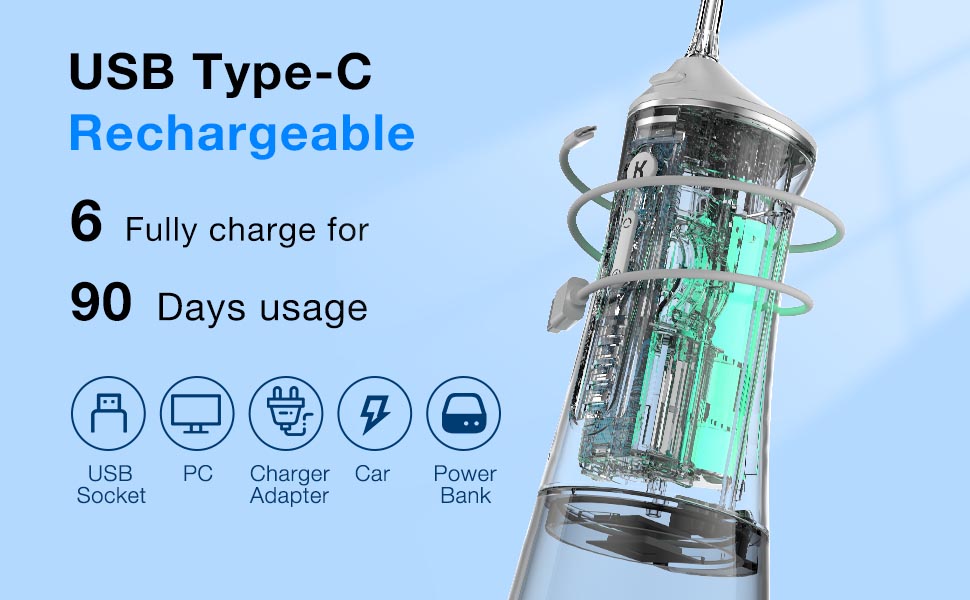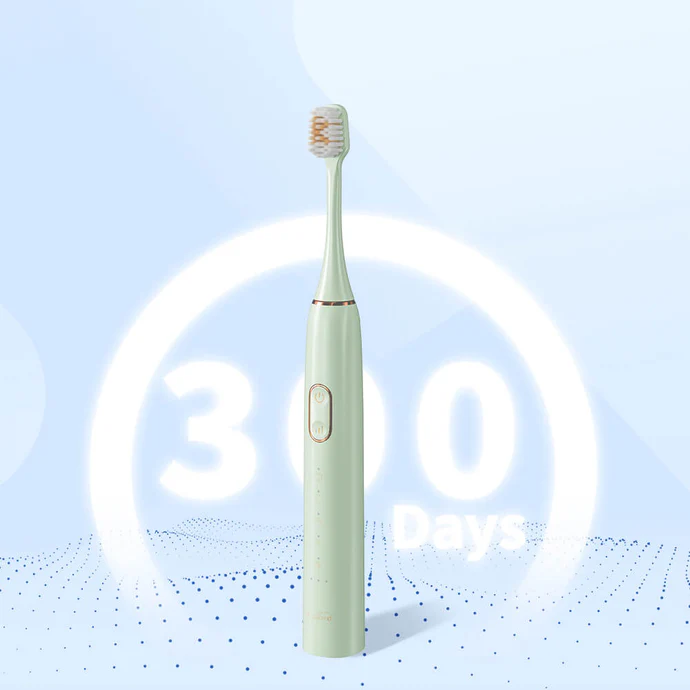When customers report tooth chipping paired with root darkening, it signals a deeper problem than simple cosmetic damage. These two conditions often indicate structural compromise and internal deterioration, which can be difficult—or impossible—to reverse without invasive treatment. In this blog, we’ll explore why this combination occurs, what it means for product safety and performance, and how manufacturers can proactively prevent it.
Tooth chipping frequently happens when excessive mechanical forces act on enamel during cleaning or whitening. Poorly calibrated motors, abrasive brush heads, or overly rigid trays can:
While minor chips might seem harmless, they often compromise the tooth’s ability to resist bacterial infiltration and chemical exposure.
Root darkening is a more insidious process, usually caused by:
Unlike superficial discoloration, root darkening signals loss of vitality, making teeth more prone to fractures, sensitivity, and infection.
Although these issues can appear separately, their coexistence usually points to:
Once enamel is chipped, dentin and pulp are more vulnerable to chemical penetration, accelerating root discoloration.

While early intervention can limit progression, fully restoring a chipped, darkened tooth often requires:
These treatments are time-consuming, costly, and sometimes unsuccessful, highlighting why prevention should be the first priority.
To protect both end-users and your brand reputation, consider:
Proactive design and testing significantly reduce the risk of irreversible damage.
Even with the best safeguards, occasional incidents happen. Effective response strategies include:
Fast, empathetic support can turn a negative experience into a demonstration of your commitment to safety.
Tooth chipping and root darkening don’t have to be inevitable consequences of whitening or power cleaning devices. They are often preventable when manufacturers integrate thoughtful design, clear guidance, and robust quality control. By taking proactive steps, you can help customers enjoy brighter smiles without risking irreversible harm—and protect your brand’s integrity in the process. Contact us
Battery Depletion with Pressure Fluctuation – Linked?

What Competitive Oral Care Products Are Needed in the Highly Competitive Dental Care Market?

Magnetic Levitation Motor Toothbrush Technology Explained
Demineralization Zones with Jaw Fatigue – Silent Threat?
Gel Crystallization with pH Imbalance – Toxic?

Oral Care Design for Women: Women Are the Main Consumers of the Oral Care Market
Battery Overheating Inducing Ear Discomfort – Dangerous?

The Stronger the Power for an Electric Toothbrush, the Better?

The Core Technology of Electric Toothbrush Production: Waterproof Technology and Motor Performance Analysis

3-Month Brush Head Replacement Reminder: Why It Matters for brand owners

Electric Toothbrush Head Customization Solution and Range
How Do Indicator Error and Seal Deterioration Mislead Users?

Flexible OEM Solutions: Choosing the Right Electric Toothbrush Supplier for Your Brand

Confused About the Multiple Flossing Options of the Water Flosser? Here’s How to Choose the Right One
.jpg)
Is an RV travel essential kit complete without an RV power toothbrush?

Can a Hawaii saltwater toothbrush really outperform a standard Hawaii waterproof toothbrush?

Customization Teeth Whitening Gel

Electric toothbrush heads Charcoal Infused-Diamond

Private Label Whitening Gel

electric toothbrush heads Charcoal Infuse-Round

electric toothbrush heads Regular Clean
.jpg)
Florida Electric Toothbrush – Powsmart PTR-C8

electric toothbrush heads Deep Clean

electric toothbrush heads Ultra Soft